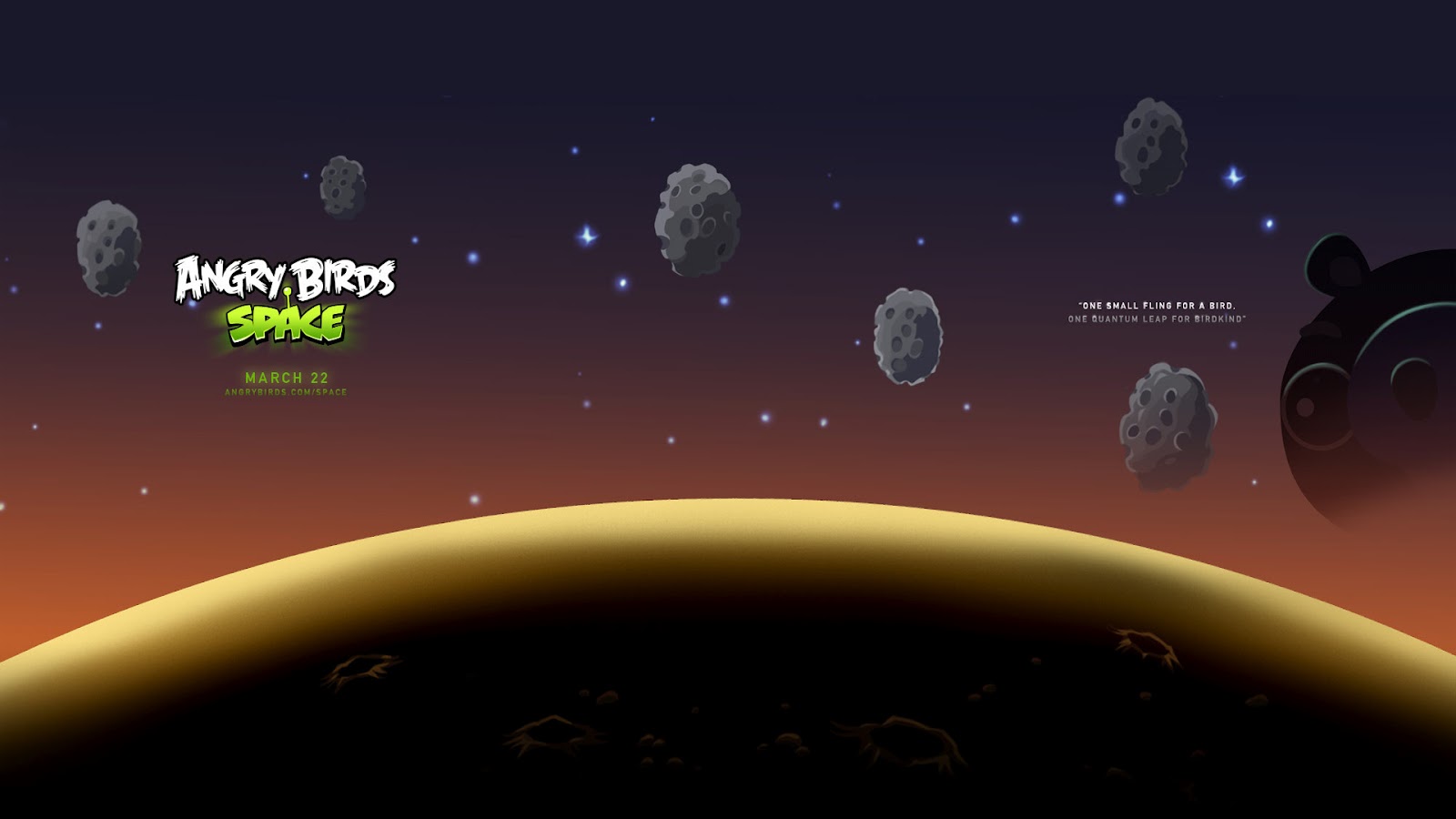
.jpg)
Let me change the force in my numerical calculation from 30 Newtons to 9.8 Newtons (and remove the friction). What if I use this acceleration to get an estimate for the gravitational force on the birds? If I use an x value of 3.5 and an R of 11 meters, then the magnitude of the force from each asteroid would be 9.8 Newtons (I put the mass of the bird as 1 kg for simplicity).

Here is a plot of one of the oscillating Angry Birds as a function of time. Might as well start with the actual data. I would go ahead and model this motion, but I need to get some initial conditions from the video. Either way, this won't stop me from modeling the motion of an object with this force. If you have a force that is proportional to x, this would be just like a spring. Notice that this is close, but not exactly the same, as simple harmonic motion. If the two gravitational forces have the same magnitude,the total force on the oscillating bird would just be twice this value. The x-component of this one gravitational force will be: The component of the gravitational force in the y-direction will cancel with the other gravitational force. If the centers of the two rocks are a distance R away, then I can draw this: Let me call the point right in the middle of the two rocks the origin and the location of the bird, x. So, here is the question: Can I model this Lagrange-point oscillation to get an estimate for the gravitational force? I can try at least. This would cause the bird to not stay in the same path. The problem is that with a slight deviation, one would be greater in magnitude than the other one. Of course, if this was a 1/ r 2 gravitational force the forces could still do this. For these two forces, the net force would be to the left. I assume the frictional force is zero here - but I am really not sure. I picked a point where the bird was stopped for an instant. The bird can only go up to a speed of 30 m/s. The value before was (30 m/s 2) m in the opposite direction as the velocity of the bird. For the previous case it was (30 m/s 2) m (where m is the mass of the bird) and in a direction toward the center of the rock. Remember from my previous analysis, I found that there were essentially three things for a bird in the gravitational influence of a rock: But in that case, we would have a non-inertial reference frame and there would be some fake forces added in. But I guess if the two asteroids were in that position, they would attract each other - that is unless they were orbiting each other. As long as we all understand that it isn't really. I guess you could say it is sort of like a Lagrange point - I could live with that. Why is this Angry Birds case not a Lagrange point? Basically because the two gravitational object (the asteroids) aren't even moving. Fun, right? But you know what? I want to look at Angry Birds instead. With both of these forces in the same direction, it is enough to get the space station to have the same angular velocity as the Earth. BOOM! It just so happens that I can place this space station in a location where there are TWO gravitational forces on it. I could make it have the same speed, but it would need a greater gravitational force on it than just from the Sun. So, what if I want to place a space station such that it stays in the same relative location to the Earth-Sun system? Well, if it is farther away from the Sun than the Earth it would a lower angular speed. The result is that for a circular orbit, a particular radius orbit would have a particular angular velocity. Basically, the centripetal acceleration depends on r and so does the gravitational force.


 0 kommentar(er)
0 kommentar(er)
